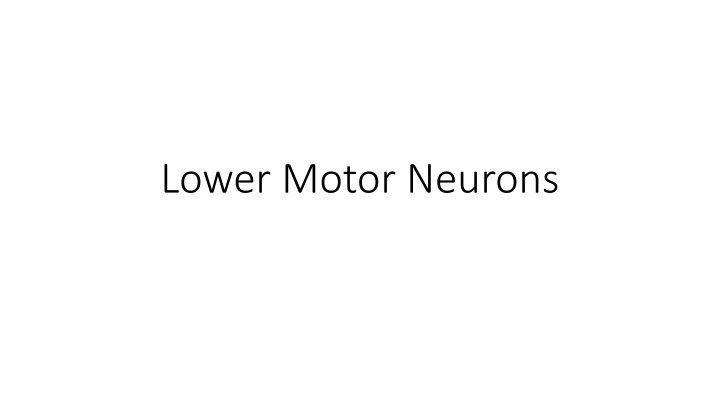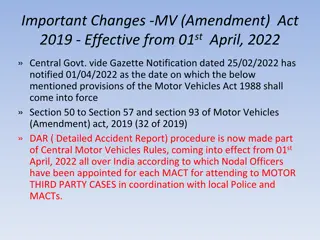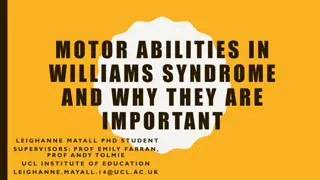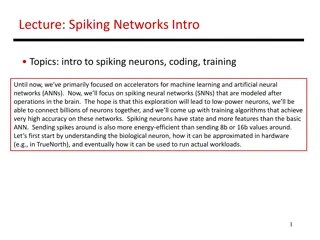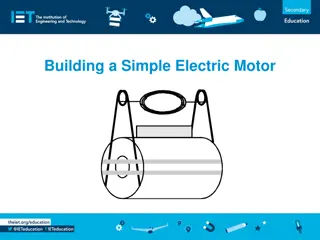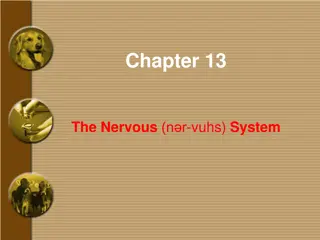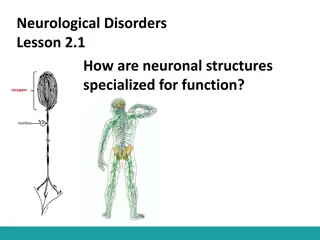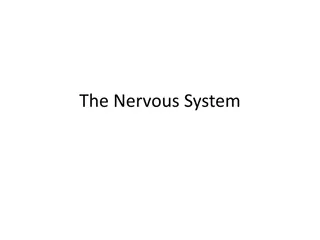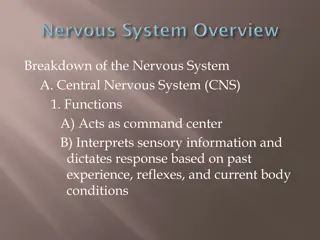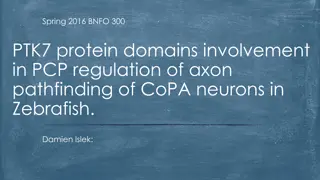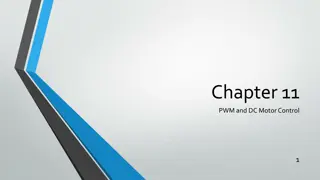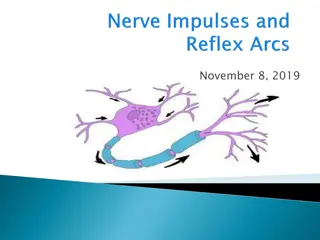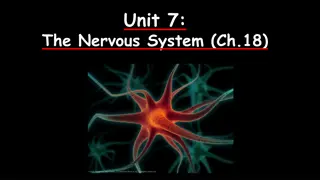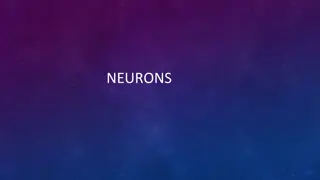Motor Neurons and Pathway
The role of lower motor neurons in the spinal cord's motor pathway to skeletal muscles. Learn about alpha and gamma motor neurons, local circuit neurons, motor units, muscle tone, and reflex responses. Understand the neuro-muscular connection and the influence of afferent sources on muscle function and reflexes.
Download Presentation

Please find below an Image/Link to download the presentation.
The content on the website is provided AS IS for your information and personal use only. It may not be sold, licensed, or shared on other websites without obtaining consent from the author.If you encounter any issues during the download, it is possible that the publisher has removed the file from their server.
You are allowed to download the files provided on this website for personal or commercial use, subject to the condition that they are used lawfully. All files are the property of their respective owners.
The content on the website is provided AS IS for your information and personal use only. It may not be sold, licensed, or shared on other websites without obtaining consent from the author.
E N D
Presentation Transcript
Objectives Understand the motor pathway from spinal cord to skeletal muscle Articulate the influence of afferent sources on muscle tone and reflex response
1. Lower motor neurons A. Alpha motor neurons Innervate muscle Big axons B. Gamma motor neurons Innervate intrafusal fibers in the muscle spindles Smaller axons
A. Alpha motor neuron Multi-polar Large diameter axon with myelin sheath Cell body is in the ventral horn of the grey matter of the spinal cord Innervates skeletal muscle fibers ipsilaterally Alpha motor neuron + fibers it innervations = motor unit Neurotransmitter: acetylcholine
Axial Extensor Distal Flexor Axial, proximal mm Distal mm
B. Gamma Motor Neuron cell body in the ventral horn smaller axon slower speed innervates muscle spindles (intrafusal fibers) Neurotransmitter: acetylcholine
2. Local circuit neurons Interneurons that run up and down the spinal cord Inhibitory or excitatory synapse on alpha motor neurons Some cross the midline, some don t Receive input from upper motor neurons
Motor Units Small Fine motor control Smaller diameter axon, not as fast Lower activation threshold (more excitable) Large Gross motor control Larger diameter axon, faster Higher activation threshold (not as excitable)
Regulation of muscle force
Definitions Muscle tone- Resistance offered by a muscle to passive stretch The level of contraction seen in normally innervated, resting skeletal muscle Reflects the number of motor units in a muscle that are currently active Hypertonia- more tone than normal Hypotonia/atonia- less tone than normal
Abnormal tone Lower motor neuron lesion Efferent and afferent contributions Loss of tone, flaccid Fibrillations/ fasciculation Impaired or absent reflexes Weakness/paralysis Upper motor neuron lesion Corticospinal tract on up Initial loss (spinal shock) Spasticity, clasp knife resistance and clonus Hyper reflexes Weakness/ paralysis
Cutaneous Reflex Example: Plantar Reflex Similar to the Myotatic Reflex but interneurons in between Stroke the bottom of the foot and should get toe flexion Babinski Sign is abnormal: big toe extension and fanning of the other toes
Amyotrophic Lateral Sclerosis (ALS) Degeneration of upper and lower motor neurons Leaves cognition intact
References Purves, D., Augustine, G., Fitzpatrick, D., Hall, W., LaMantia, A., Mooney, R., Platt, M. and White, L. (2018). Neuroscience (6th ed.). Sunderland, MA: Sinauer Press.
